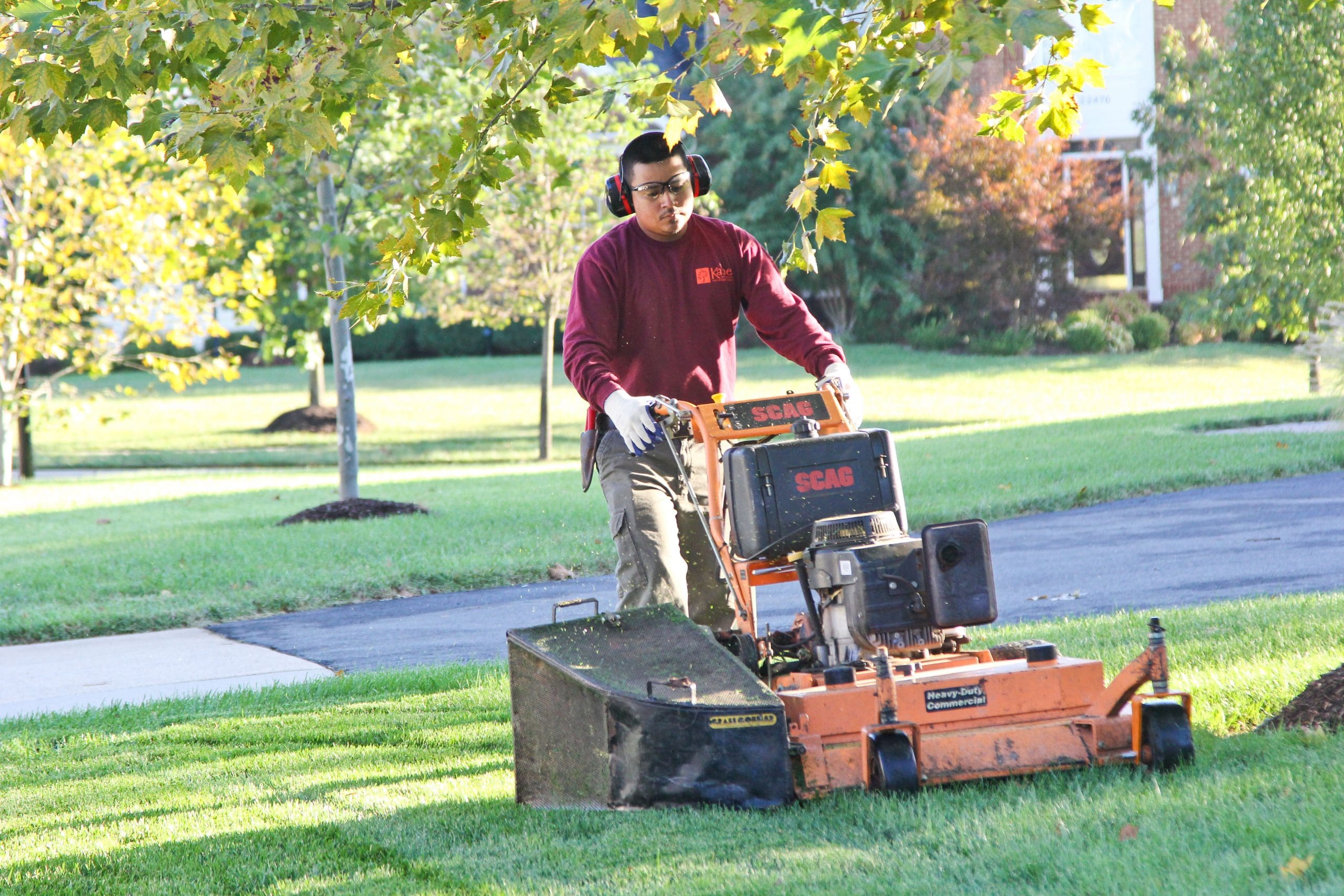
During the peak of the mowing season, the last thing you want to experience is downtime. By following a number of best practices, you can mitigate downtime and extend your mower’s lifespan.
When it comes down to it, the main principle is if you take good care of your equipment it will last you much longer. Below are some of the various methods to properly care for your mowers.
Preventative Maintenance
Preventative maintenance is common sense but it’s easy for it to fall through the cracks during your busy season. Ignoring preventative maintenance can affect your mower’s lifespan.
Follow your owner’s manual for specific parameters on when filters, fluids and more should be changed or checked. Keep track of your service intervals and when parts are replaced so you know when they were added to the mower.
Crews should conduct an inspection of air filters, oil, blades, belts and pulleys before leaving the shop. Tire pressure should also be checked because if the pressure is off, it can affect your cut quality on properties.
Dull mower blades also affect cut quality as they tear the grass rather than cutting straight through it. This causes the grass blade tips to dry out and can potentially harm the health of the lawn. Dull blades also make the mower engine and belts work harder, shortening the mower’s lifespan.
Once a week or about every 25 hours of lawn mowing, the blades should be removed, cleaned and sharpened. When sharpening blades, check that they are properly balanced to prevent vibration damage to the mower deck.
Scope Out the Lawn
Just because your mower can run over sticks and rocks, doesn’t mean you should drive straight over them. When you arrive at a jobsite, take the time to walk the property and find potential objects that might be in the way. Small debris can bend the brackets and throw the deck off.
If it’s your first time on a property, ask the customer if there is anything you need to be aware of that you might not spot on your own like stakes or wires. Also, be mindful of trying to mow overly damp lawns. Grass clippings can clump and stick to the mower blocking the blades and making the mower work harder.
Train Your Operators
The environment isn’t the only thing that can add unnecessary wear and tear to your mowers. Inexperienced, untrained crew members can be rough on your machines or be unaware of what problem signs might be with a machine.
Provide on-the-job training with an experienced employee. Explain why you mow certain ways, demonstrate the proper procedures for loading and unloading a mower, mowing on hillsides and other techniques. Observe the new hire’s tendencies and correct any unsafe practices.
Take the time to teach them how to maintain the mower and what signs to pay attention to before allowing them to operate the mower regularly.
Proper Storage
After a day out mowing, it’s important to clean your fleet of mowers. Not only does it look more professional, but it’s easier to spot problems. Wipe off debris from the mower’s body and upper deck. It’s important to remove grass clippings from the deck as they can build up and harden into gunk that has to be scraped off. Regular cleaning can also prevent the deck from rusting.
Once the mower is clean, it’s best to store the mowers out of the elements as mowers left uncovered outside will result in damage to rubber and plastic parts. Being left in the sun can hurt the mower’s paint and moisture collecting on the machine can cause rust and corrosion. All of these steps combined will help expand your mower’s lifespan.

